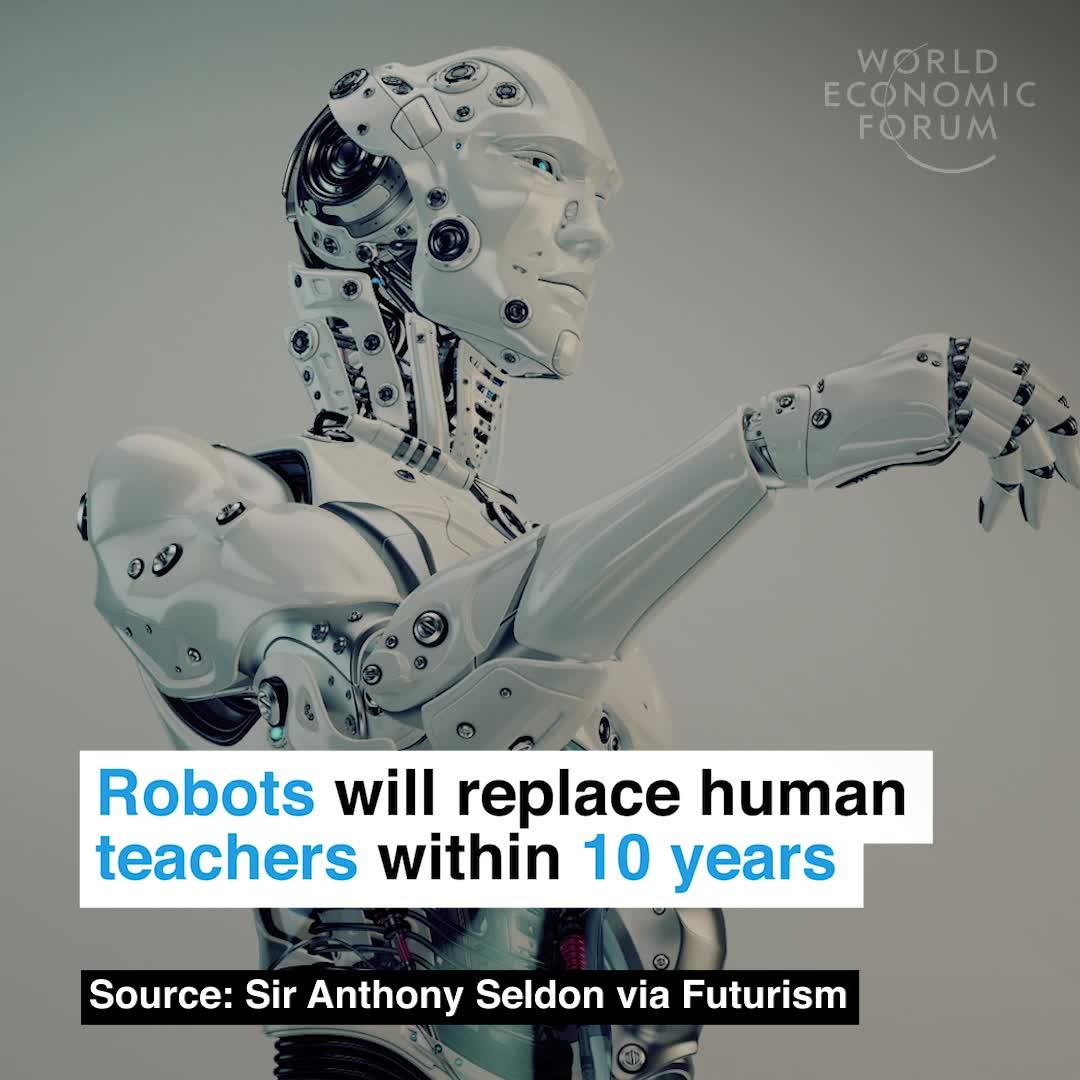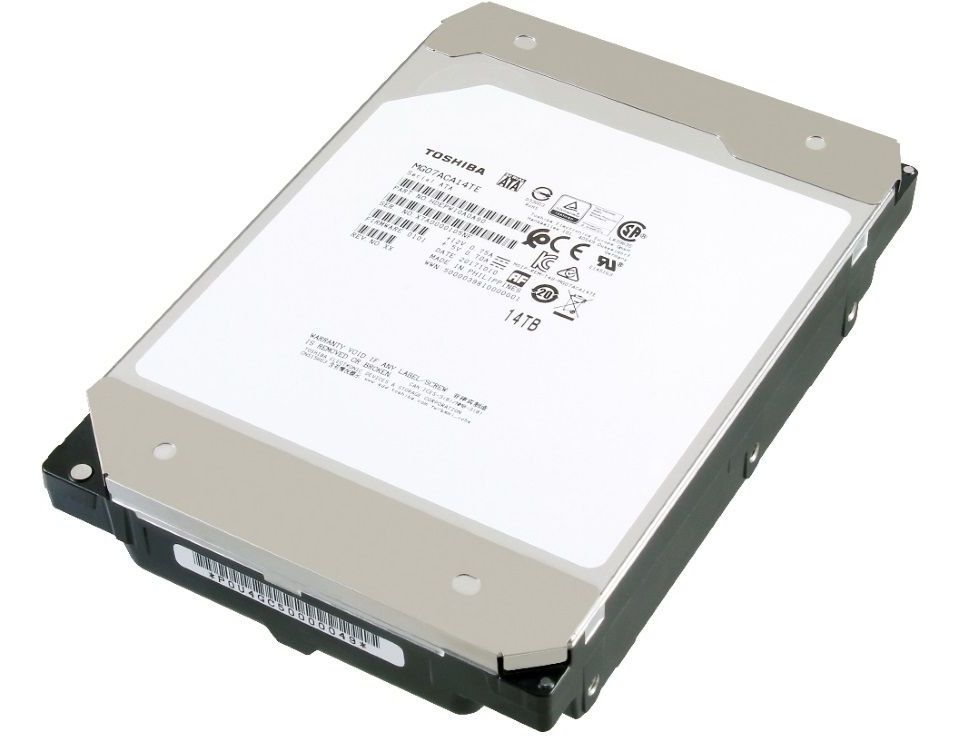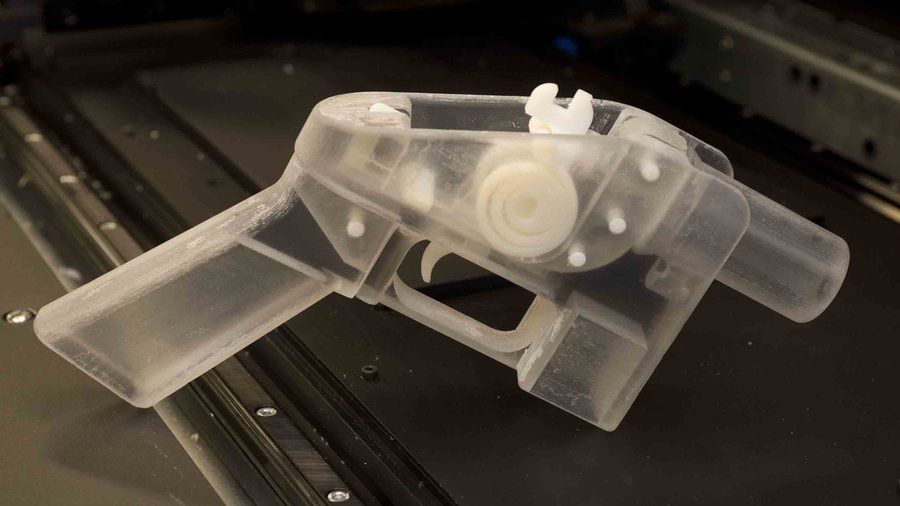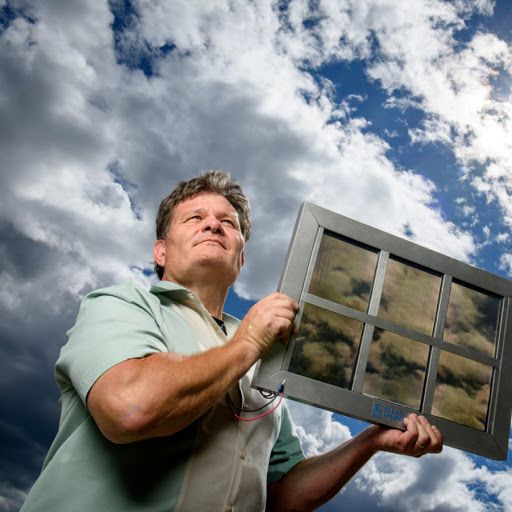Page 9750
Dec 17, 2017
Toshiba’s New 14TB Helium Hard Drive Sets Capacity Records
Posted by Shailesh Prasad in category: computing
The flip side is there’s only a tiny storage density improvement in play here; Toshiba is using 1.56TB platters, while its competitors are back on ~1.5TB. Shoving more platters into a drive while retaining a 3.5-inch form factor is mechanically impossible after a certain point. And while hydrogen gas is only about half as dense as helium, that’s still a much smaller improvement than what helium offered compared with Earth’s atmosphere.
The MG07ACA14TE (14TB) and the MG07ACA12TE (12TB) are both 7200 RPM drives with SATA 6G support. The 14TB drive is rated for 260MB/s of sequential read performance, while the 12TB drive is rated for 250MB/s. Toshiba has talked about a 16TB drive, according to Anandtech, but that much space would require roughly 1.8TB platters, a significant jump over what the company is using today.
Seagate has pledged to bring the next leap in recording technology, Heat-Assisted Magnetic Recording (HAMR) to market, alongside helium-filled drives of at least 18TB. Those drives could be on the market as soon as 2018. Western Digital is backing a technology known as MAMR (Microwave-Assisted Magnetic Recording), in which microwave fields emitted by a spin-torque oscillator allows drives to use weaker magnetic fields when writing data. This is supposed to boost densities up to 4.5Tbits/inch over time, which would theoretically enable 40TB hard drives, eventually. MAMR may be ready by 2019, though all timelines should be taken provisionally; some of these technologies have been in the works for a decade or more.
Continue reading “Toshiba’s New 14TB Helium Hard Drive Sets Capacity Records” »
Dec 17, 2017
Irish Ancestry Surprises Revealed by New DNA Map
Posted by Aleksandar Vukovic in categories: biotech/medical, genetics, health
The genetic atlas revealed new information about health risks, ancient political borders, and the influence of Vikings.
Learn how your family history is connected to the human journey with National Geographic’s Geno 2.0 DNA ancestry kit.
A new “DNA atlas” of Ireland is revealing some of the surprising ways historic kingdoms have influenced populations on the island—and it offers the first genetic evidence that Vikings intermingled with ancient Irish peoples.
Continue reading “Irish Ancestry Surprises Revealed by New DNA Map” »
Dec 16, 2017
This ultra-high pressure water gun fights fires through walls to keep firefighters safe
Posted by Shane Hinshaw in category: futurism
Dec 16, 2017
Organized Crime Is Being Decentralized
Posted by Shane Hinshaw in categories: 3D printing, bioengineering, biological
Every time there’s a new technology, criminals immediately take advantage of it, explains Steven Kotler. It’s only a matter of time before they find new, nefarious uses for 3D printing and synthetic biology.
Dec 16, 2017
Is Bitcoin a Store of Value?
Posted by Philip Raymond in categories: bitcoin, cryptocurrencies, economics, finance, government
Bitcoin has many characteristics of a currency. It is portable, fungible, divisible, resistant to forgery, and it clearly has value. Today, that value came close to $20,000 per coin. Whether it has ‘intrinsic value’ is somewhat of a moot question, because the US dollar hasn’t exhibited this trait since 1972. Today, economists don’t even recognize the intrinsic value of gold—beyond a robust, international, supply-demand network.
Lately, Bitcoin is failing as a viable currency, at least for everyday consumer transactions. The settlement of each transaction is bogged down with long delays and a very high cost. The situation has become critical because of squabbling between miners, users and developers over how to offer speed transactions or lower the cost of settlement. Bitcoin forks and altcoins such as Dash and Bitcoin Cash demonstrate that these technical issues have solutions. Since Bitcoin is adaptable, I believe that these issues are temporary.
 But an interesting question is not whether Bitcoin will eventually become a consumer currency. it is whether Bitcoin can distinguish itself as a store of value, rather than just an instrument for payment or debt settlement. After all, a Visa credit card, a traveler’s check and an Amazon gift card can all be used in retail payments, but none of them have value unless backed by someone or something. US Dollars on the other hand are perceived as inherently valuable. They carry the clout and gravitas of institutions and populations, without users questioning from where value arises. (This is changing, but bear with me)…
But an interesting question is not whether Bitcoin will eventually become a consumer currency. it is whether Bitcoin can distinguish itself as a store of value, rather than just an instrument for payment or debt settlement. After all, a Visa credit card, a traveler’s check and an Amazon gift card can all be used in retail payments, but none of them have value unless backed by someone or something. US Dollars on the other hand are perceived as inherently valuable. They carry the clout and gravitas of institutions and populations, without users questioning from where value arises. (This is changing, but bear with me)…
What about Bitcoin? Does owning some bitcoin represent a store of value? Yes: It absolutely does!
Dec 16, 2017
Brendan Frey — Genome Reprogramming
Posted by Montie Adkins in categories: bioengineering, biotech/medical, genetics, health, information science, robotics/AI
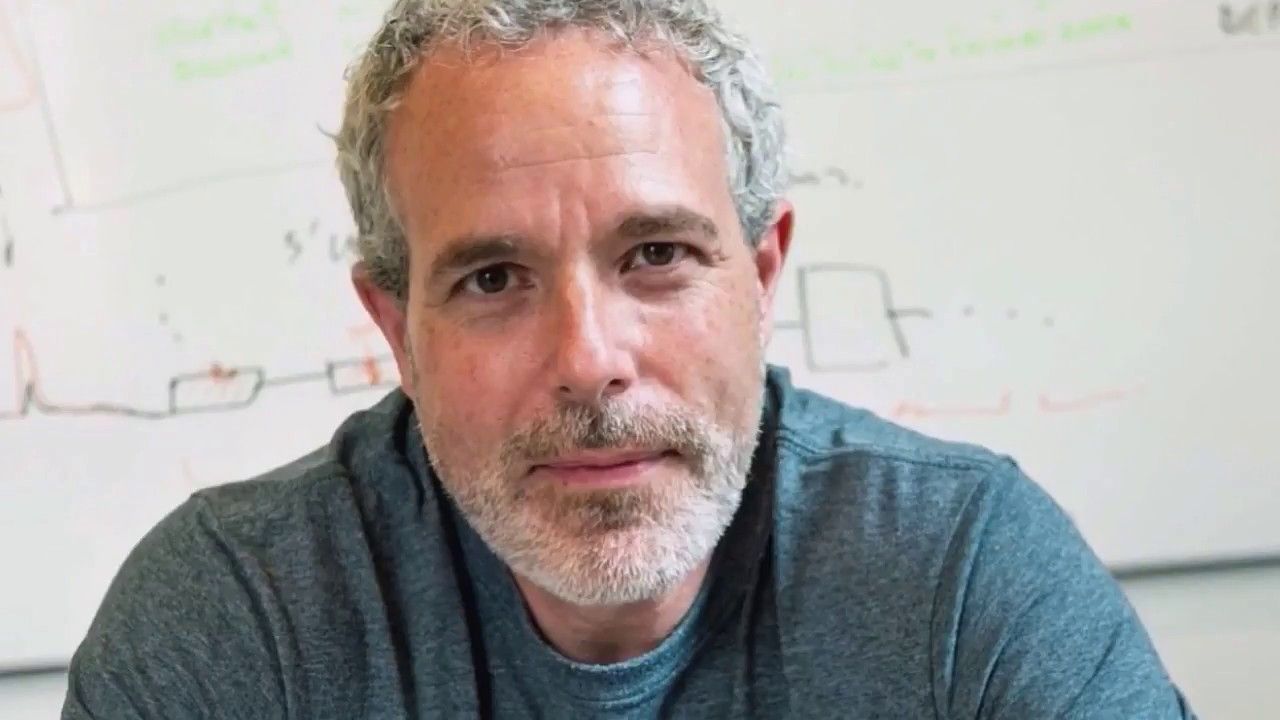
https://www.youtube.com/watch?v=tIVNjCpqCaY&feature=share
Brendan John Frey FRSC (born 29 August 1968) is a Canadian-born machine learning and genome biology researcher, known mainly for his work on factor graphs, the wake-sleep algorithm for deep learning, and using machine learning to model genome biology and understand genetic disorders. He founded Deep Genomics and is currently its CEO, and he is a Professor of Engineering and Medicine at the University of Toronto. He co-developed a new computational approach to identifying the genetic determinants of disease, was one of the first researchers to successfully train a deep neural network, and was a pioneer in the introduction of iterative message-passing algorithms.
Frey studied computer engineering and physics at the University of Calgary (BSc 1990) and the University of Manitoba (MSc 1993), and then studied neural networks and graphical models as a doctoral candidate at the University of Toronto under the supervision of Geoffrey Hinton (PhD 1997). He was an invited participant of the Machine Learning program at the Isaac Newton Institute for Mathematical Sciences in Cambridge, UK (1997) and was a Beckman Fellow at the University of Illinois at Urbana Champaign (1999).
Dec 16, 2017
Liz Parrish — Future Therapies
Posted by Montie Adkins in categories: biotech/medical, education, genetics, life extension
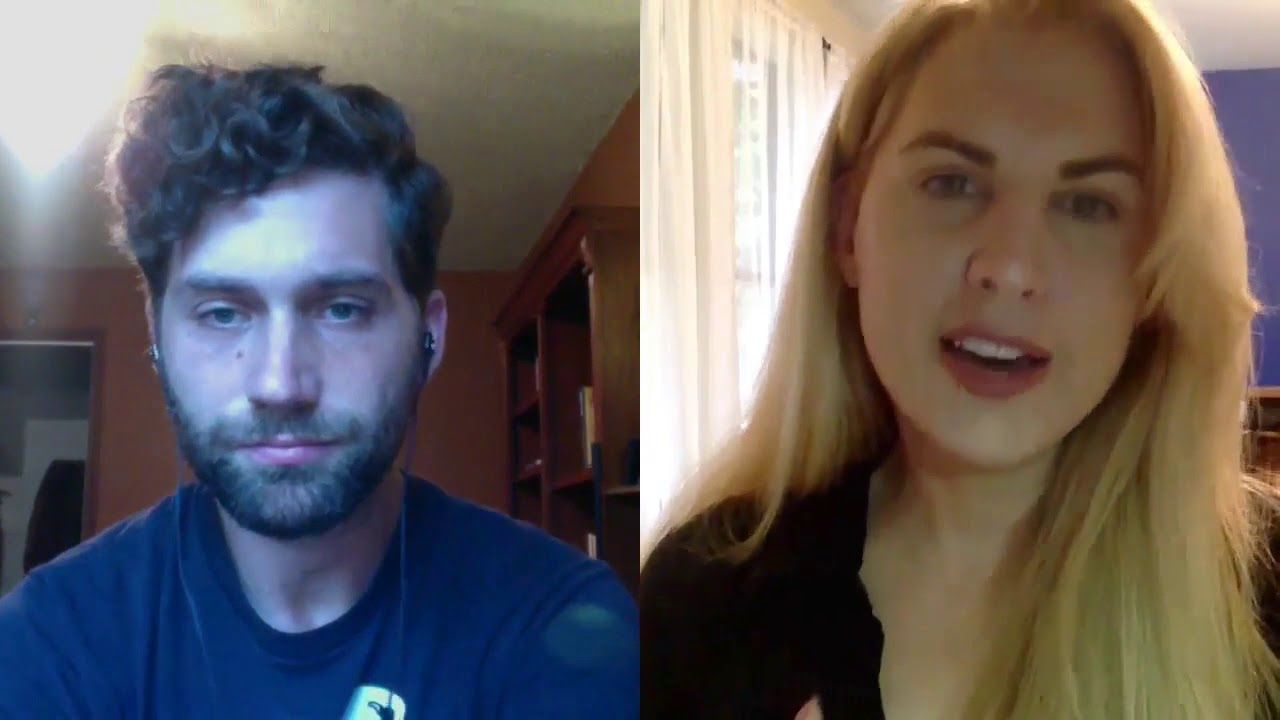
https://www.youtube.com/watch?v=YOI3dkwcqpk&feature=share
Full Interview ► https://goo.gl/YYdVUH
BioViva ► http://bioviva-science.com
Liz Parrish is the Founder and CEO of BioViva Sciences USA Inc. BioViva is committed to extending healthy lifespans using gene therapy. Liz is known as “the woman who wants to genetically engineer you,” she is a humanitarian, entrepreneur and innovator and a leading voice for genetic cures. As a strong proponent of progress and education for the advancement of gene therapy, she serves as a motivational speaker to the public at large for the life sciences. She is actively involved in international educational media outreach and sits on the board of the International Longevity Alliance (ILA). She is the founder of BioTrove Investments LLC and the BioTrove Podcasts which is committed to offering a meaningful way for people to learn about and fund research in regenerative medicine. She is also the Secretary of the American Longevity Alliance (ALA) a 501©(3) nonprofit trade association that brings together individuals, companies, and organizations who work in advancing the emerging field of cellular & regenerative medicine with the aim to get governments to consider aging a disease. Parrish received two kinds of injections, which were administered outside the United States: a myostatin inhibitor, which is expected to prevent age-associated muscle loss; and a telomerase gene therapy, which is expected to lengthen telomeres, segments of DNA at the ends of chromosomes whose shortening is associated with aging and degenerative disease.
——-
Facebook: https://www.facebook.com/agingreversed
Tumblr: http://agingreversed.tumblr.com
Twitter: https://twitter.com/Aging_Reversed
Dec 16, 2017
Forget Tesla’s Solar Roof: This Startup Tells Us Solar Window is the Future
Posted by Genevieve Klien in categories: futurism, solar power
Dec 16, 2017
How Superglue Made of Human Protein Heals Wounds
Posted by Shailesh Prasad in category: biotech/medical
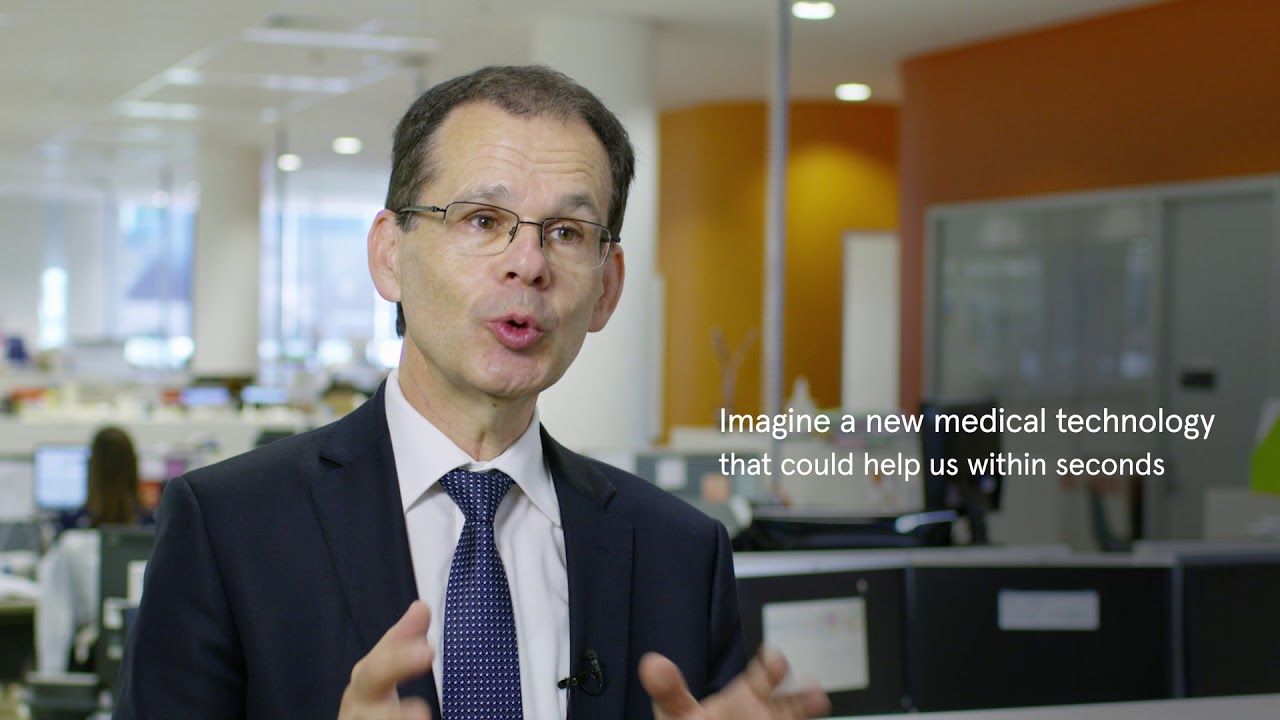
Another bit of science fiction is coming to life as scientists develop a highly elastic and adhesive surgical glue similar to the one Ryan Gosling used to seal his wound in Blade Runner 2049.
Surgeons use sutures, staples, and wires (sometimes in combination with adhesive substances) to facilitate healing of external and internal wounds. These methods, however, are not optimal, especially for reconnecting contracting tissues like those of lungs, arteries and the heart.
Continue reading “How Superglue Made of Human Protein Heals Wounds” »
